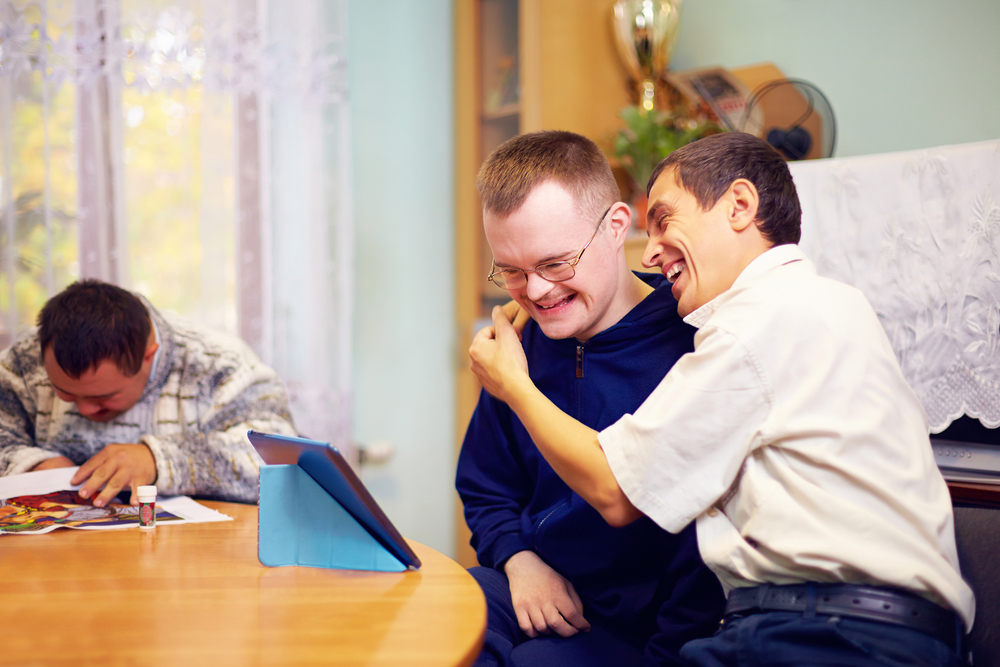In the world of public services, social care providers have long relied on traditional methods to communicate with and support vulnerable young people and adults. The approach, while rooted in good intentions, has been marked by paperwork, face-to-face meetings, and lengthy response times. These methods have often created bottlenecks in delivering timely, personalised support, leading to frustration for both those in need and the professionals tasked with helping them.
Consider the case of a young person navigating the foster care system. Their case file, stored in a cabinet, becomes the focal point of every interaction with social workers, healthcare professionals, and educators. Each meeting is scheduled, minutes are typed up, and actions are reviewed weeks later. The same story is told again and again, with little room for spontaneity, immediate reflection, or progress in real-time. What’s lost in this system is the immediacy and continuity of support. By the time action is taken, the situation may have already evolved, rendering previous conversations obsolete.
Now, let’s reimagine that same scenario in a world where communication is transformed by technology. The need for face-to-face meetings doesn’t disappear, but they are augmented by a platform that prioritises the voice of the individual. This is where Sound Branch offers a breakthrough.
Sound Branch introduces an entirely different dynamic to social care support services. Imagine a world where a young person can record a voice note whenever they feel the need to communicate. They can explain their emotions, challenges, or progress in a moment of clarity—without waiting for the next scheduled meeting. Social workers and support teams can respond to these notes in real time, ensuring the conversation never stops.
This voice-first platform not only makes communication easier for the young person, but it also enhances the ability to manage and triage cases. With a searchable archive of voice notes, social workers can quickly access the most relevant and recent information, avoiding the endless review of paperwork. Listening to a voice conveys emotion and nuance that text simply cannot—a quiver in the voice can signify anxiety, while an upbeat tone might reflect growing confidence.
What’s even more powerful is that Sound Branch provides a level of flexibility and responsiveness that traditional methods simply don’t allow. Rather than relying on scheduled interactions, the provider can keep an ongoing, real-time connection with individuals in need. Support is delivered more efficiently because it is driven by immediate needs rather than rigid timelines.
The benefits aren’t just for the individuals. Social care teams, often overstretched and managing large caseloads, gain efficiency too. They no longer need to spend hours typing up notes from meetings. Instead, they have access to a living record of voice notes that can be shared across departments, breaking down silos between social work, housing, and education. Each team member gets a clear, unfiltered sense of the person behind the case, leading to more coordinated and compassionate care.
In the past, social workers and care givers worked hard to build trust through face-to-face communication. The problem was the sheer volume of people needing help stretched resources thin, creating delays and inefficiencies. Sound Branch changes that equation by offering a more personal, direct, and continuous way of staying connected.
Ultimately, the shift from the old way of doing things to this new approach isn’t just about using the latest technology. It’s about amplifying the voice of vulnerable young people and adults, ensuring they are heard not just in formal meetings but whenever they need to express themselves. It’s about social care becoming more responsive, cutting through bureaucracy, and fostering deeper connections with those who rely on their support.
In a world where time and resources are finite, and where the need for support is greater than ever, Sound Branch offers a smarter, more human-centered way forward for social care providers and the people they serve.
